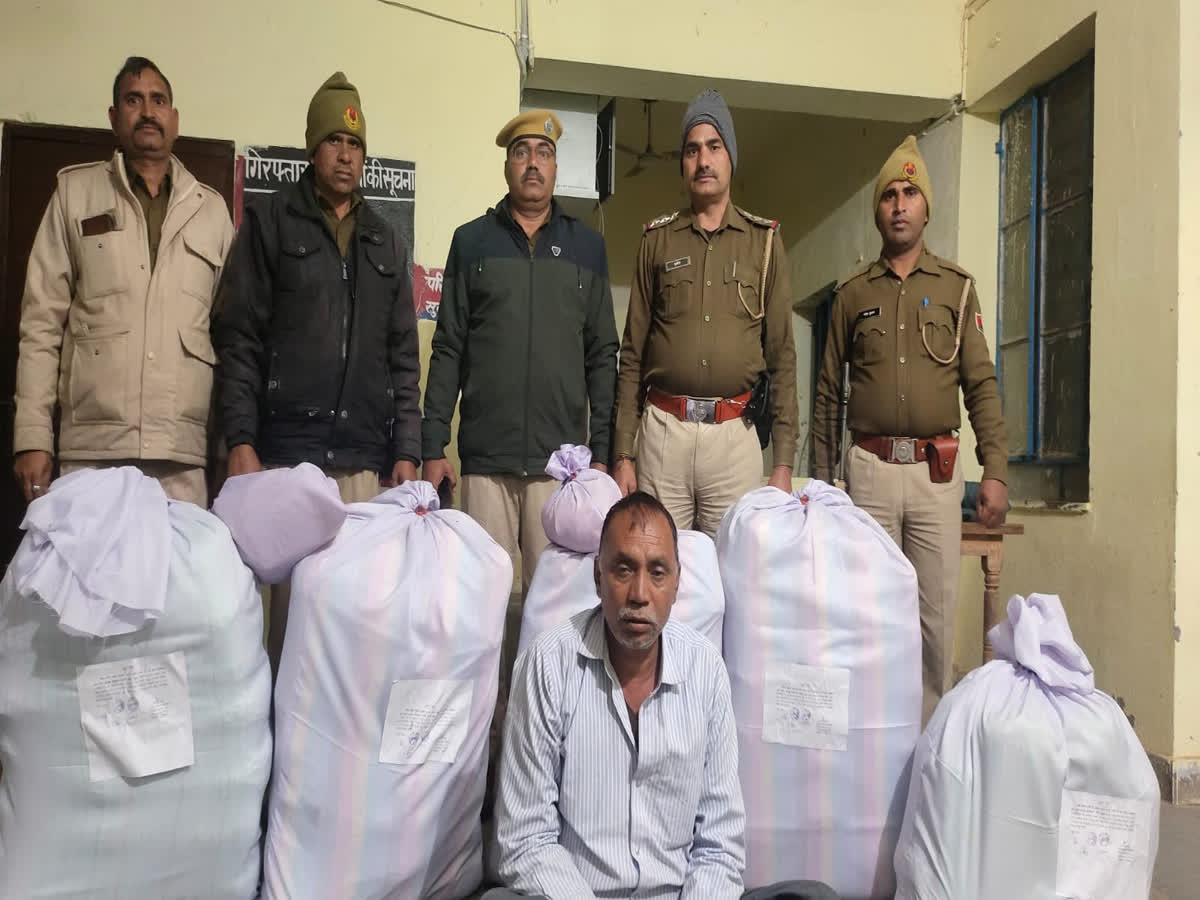Jaipur : As per the rich tradition of religious places in Rajasthan, the preparation of Prasad is done in the temples only. Recently, Andhra Pradesh Chief Minister Chandrababu Naidu raised the issue of animal fat in the Prasad of Tirupati temple, after which a discussion started on the quality of Prasad in temples across the country. The arrangement of Prasad in the temples of Rajasthan is traditional and special.
This is how the offering of Khatu Shyam and Mehandipur Balaji of Sikar is prepared
Talking about the Khatushyam temple in Sikar, devotees are offered traditional churma, parathas etc. here. All these prasads are prepared within the temple itself. Similarly, in Mehandipur Balaji in Dausa district, devotees get puri and laddus, which are specially made by the temple staff. It is believed here that devotees bring prasad only after getting rid of evil spirits.
Be it the Seth of Sanwalia or Balaji of Salasar…
The Sanwalia Seth temple of Chittorgarh district is also special, where offerings worth crores of rupees come every month. Laddus and sweets are allowed to be offered here, which the devotees buy from outside. The same process is followed in Salasar temple of Churu district. There too, laddus and other prasads are brought from outside, which the devotees bring themselves. Lord’s bhog is prepared in the temple, which is offered to him from time to time.
Shrinath ji’s offering is such that it is prepared in the temple itself.
Sweet papdi, kheer etc. are offered as prasad in Shrinathji temple of Rajsamand district. Here prasad is prepared in the temple and distributed among the devotees. Thus, the arrangement of prasad in the temples of Rajasthan is not only a symbol of religious faith but also an indicator of cultural prosperity. No case of adulteration has been reported from any temple of the state. Prasad is offered and prasad is prepared in the same way in other big temples of the state.


